The Secret Ways to Create Ads That Don’t Look Like Ads

Holly Deutschmann
Senior Copywriter
“An ad’s power is diminished as soon as the user realises it’s an ad.”
Us humans can be pretty damn stubborn and often we don’t like being told what to do. As soon as we realise someone is trying to sell something to us, we retreat — it’s a natural response we’ve picked up on. Our response was backed by Hubspot Research indicating why people are so ad adverse these days. Have a look at the stats below 👇
Why do I use an Ad Blocker?
- Ads are annoying/intrusive 64%
- Ads disrupt what I’m doing 54%
- Security concerns 39%
- Better page load time / reduced bandwidth use 36%
- Offensive / Inappropriate ad content 33%
- Privacy Concerns 32%
- Reduced data usage (for mobile plans) 22%
- I don’t like contributing to a business making money off my browsing 18%
- Ideological reasons 8%
So, if this is the response our audiences are having to ads, what can we do to make them look less ad-like? We switch it up.
A more organic, less aggressive approach. But how? Here are 10 ads that don’t look like ads. The beauty of these is that they appeal to our emotions, pique our interest and get us wondering ‘what do we have here?’
1. The proof is in the puddin’, so show them what they want.
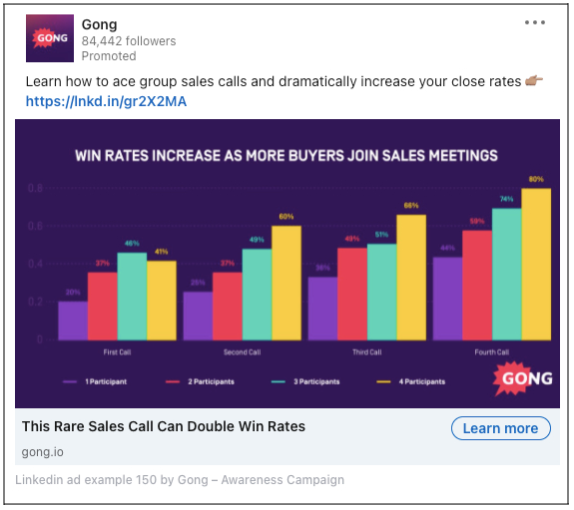
At first glimpse, our minds focus on the colourful image. Presenting information in such a way gives the reader the impression that they’re getting insider information – a sneak peek if you will.
Humans, being curious creatures, want to know all the tips and tricks on how to one-up each other. Only after interacting with the image do we discover the powerful headline which pushes us even more to click the CTA.
Clear, concise & persuasive copy paired with eye-catching “insider” stats = one killer combo 💪
2. Authenticity sells. Just ask Salesforce.
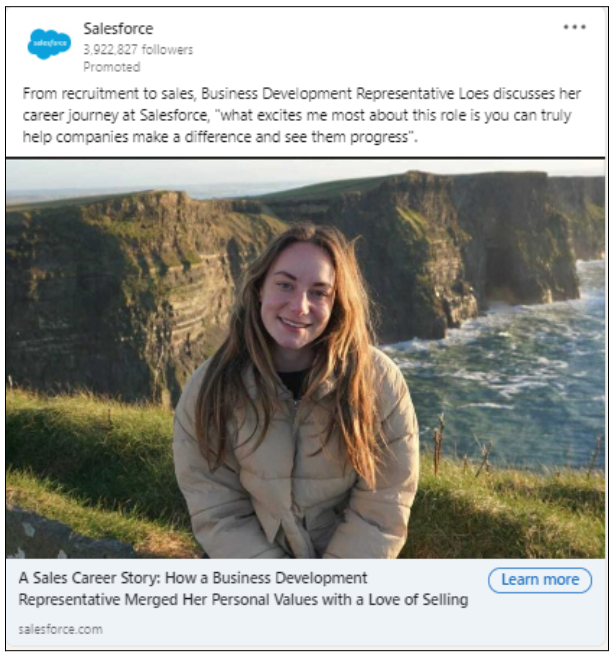
This is exactly what Salesforce is doing. To escalate the emotional response, they opted for the native ad route. But why? Digiground couldn’t have put it more beautifully — “since it’s so easy for consumers to mistake these ads for content, they tend to have higher click-through rates and receive higher engagement rates.”
3. Relate, don’t hate.
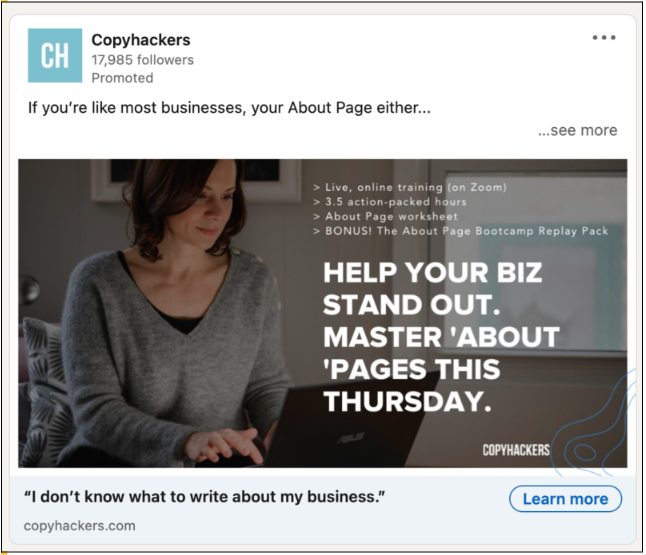
Never underestimate the power of communicating your customer’s pain points. If you do this clearly and concisely, you’re winning! Nowhere in this ad are you blatantly being sold something. The fake-timonial headline draws in the target audience, to say “these people get me.”
Copyhackers is the Taylor Swift of the copy world. The songbird of our generation will never write a song without mentioning an ex, a season or a famous feud. Hey, it works. Joanna Weibe and her team did the same here (and always) — followed a killer framework. In this example, they used PAS (Probem – Agitate – Solution) throughout. Learn more about it here.
Here’s the cherry on the cake. The image copy goes on to clearly give the audience a solution to this pain point. What fuels the curiosity, EVEN more, is that you need to click ‘see more’ to find out — GENIUS! 🤯
PS. If the curiosity got the better of you (I know it did for me). Have a look at the rest of the main text below.
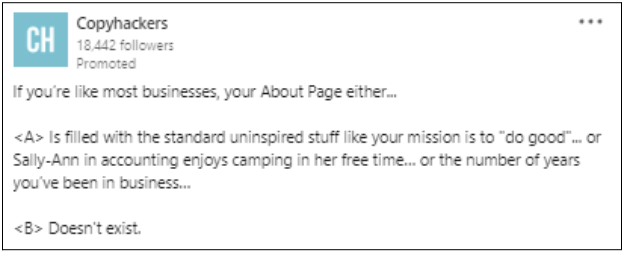
4. Sometimes, saying less says it all.
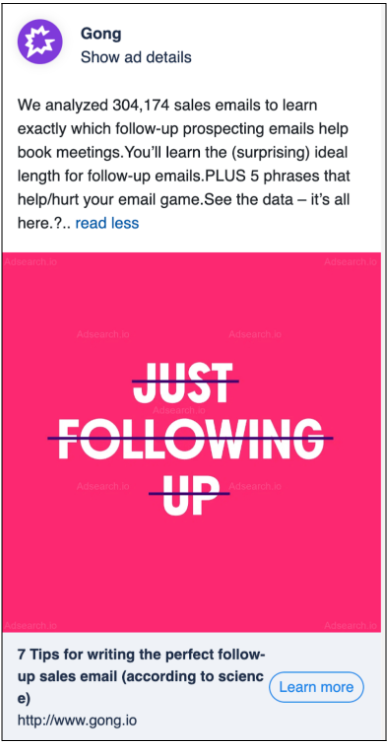
“No matter how complicated your product or how compelling your offer, brevity nearly always produces more conversions.” — Michael Stancil, Growth Product Manager at Zappos.
Sometimes 3 words are all it takes to persuade someone, coupled with a loud pink background — winner-winner chicken dinner. ‘Just following up’ is one of those extremely annoying messages you receive when you get to your desk and it just sends you over the edge, just as much as ‘hope this mail finds you well’ does. Getting this pain point across in the image copy followed by a strikethrough both entices and liberates the reader.
The body text says it all, we don’t need more. Incorporating numbers as backing is what makes this ad shine. How can 304, 174 sales emails be wrong? To keep up with the theme, we’ll leave it there
5. Tease and you’ll receive.
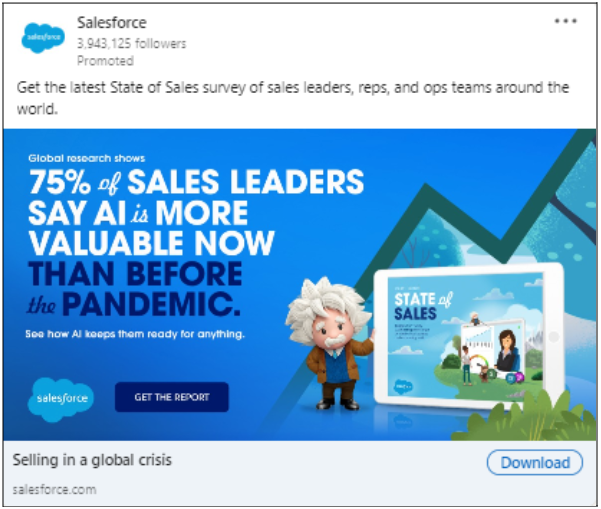
The word ‘download’ is a friction word, it demands action, so the less information your reader has, the less likely they are to act. By including “75% of sales leaders say AI is more valuable now than before the pandemic” Salesforce is hinting at what’s inside — preparing the reader for what to expect, putting them at ease and feeding their curiosity. Nice one!
6. The ol’ jump on the bandwagon or fall off technique
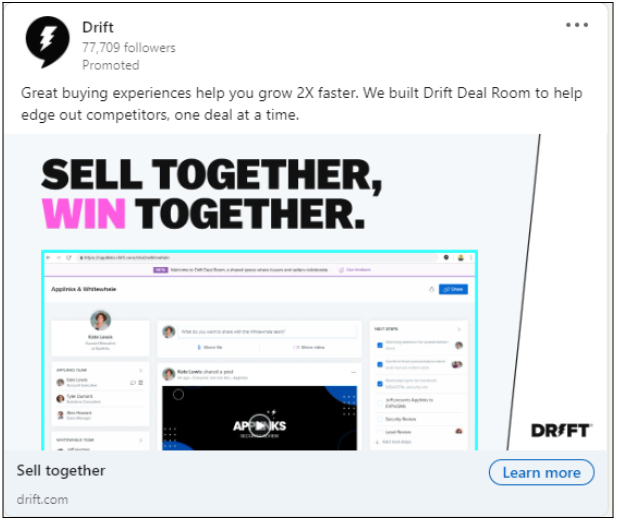
The subliminal messaging used in the bold, clear headline does just that, playing on the reader’s emotion. Let’s face it, no one wants to be left out. This combined with a sneak peek of the platform pulls the audience even closer, they’ve leant it, and they’re listening! 📢
7. Curiosity killed smashed those leads
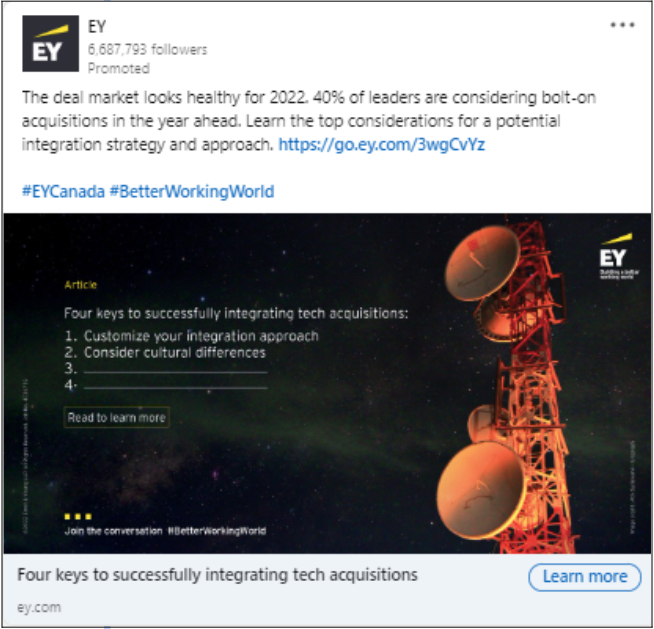
Well, you’re going to have to click the CTA to find out. Now to get someone that interested to actually follow up and find out the other two, you’re going to have to supply some killer convincing copy. How? EY gives a snippet of what’s inside — “40% of leaders are considering bolt-on acquisitions in the year ahead.” These stats don’t just build curiosity, they build trust. They are soothing any doubts the reader may have by including research — they’re working smarter, not harder and it pays off!
8. Speak their language and they’ll listen.
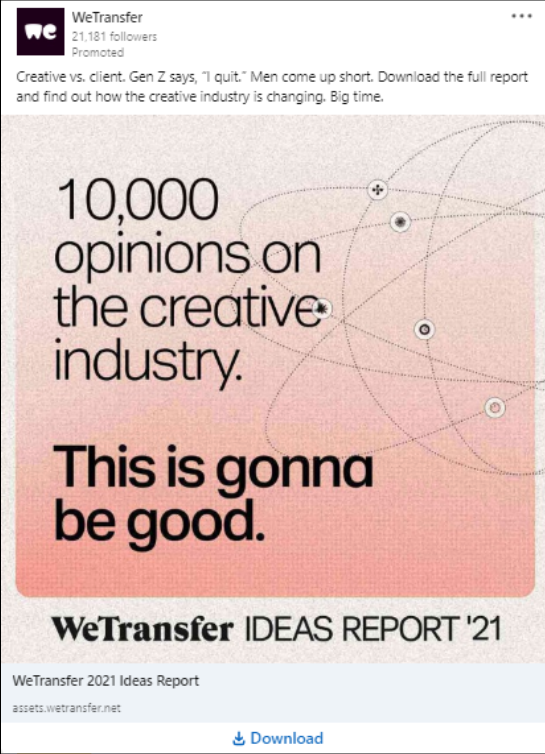
Act-on hits the nail on the head — “You want to reach across that virtual table and look them in the eye, shake their hand, and drink in who they are. This practice also helps establish trust.”
If you can have a conversation your reader has already had you’re establishing a connection. Connection builds trust and if they trust you they are already willing to engage with what you are offering them, regardless of what that might be. Fancy vocabulary is not always the answer.
9. Blockbusters. Disney was onto something.
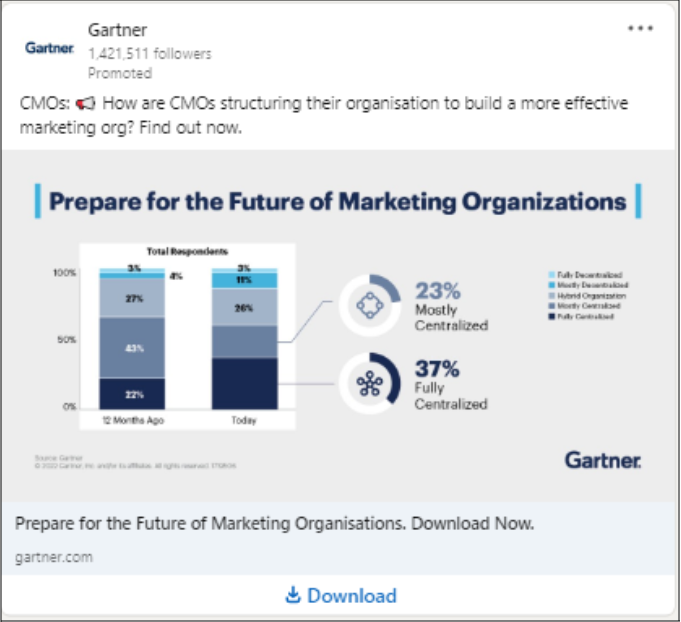
10. Positioning. Positioning. Positioning
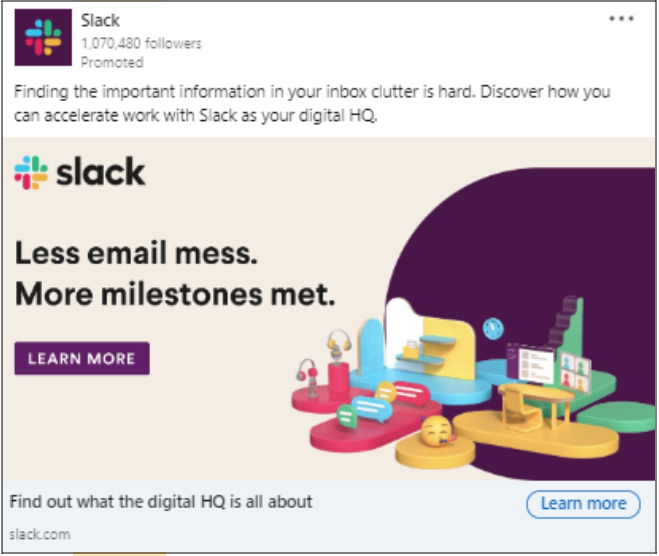
Heard of Market of One? It’s all about positioning your product as a new category instead of putting up against a competitor. Here, Slack isn’t competing with brands that have similar service offerings, they’re suggesting an alternative for emails. By doing this they’re establishing themselves as being in a whole new league of their own 💪
You’ve made it to the end! Did you pick up a trend in the ads you saw? It rhymes with shmishmotion. Yup, you guessed it. Emotion. If you can tap into your audience’s emotion you’re on your way to getting those conversions. Keep going, you’ve got this.
Related Articles
Want to get even more out of your B2B Demand generation?
- How Creativity Makes B2B Lead Generation Work Harder
- Your funnel is lying to you. here’s why buying happens in loops (not steps).
- Emotion in action: How we helped Tricentis build $5.28 million pipeline in 6 months